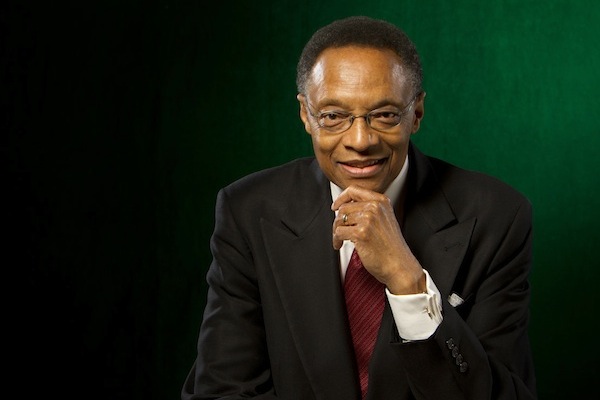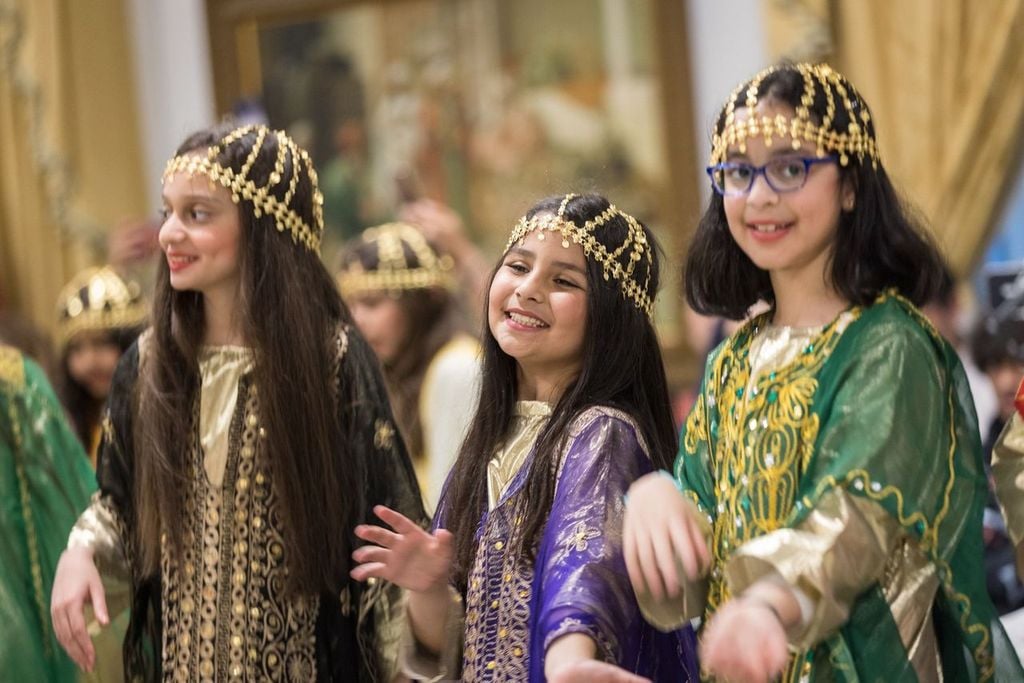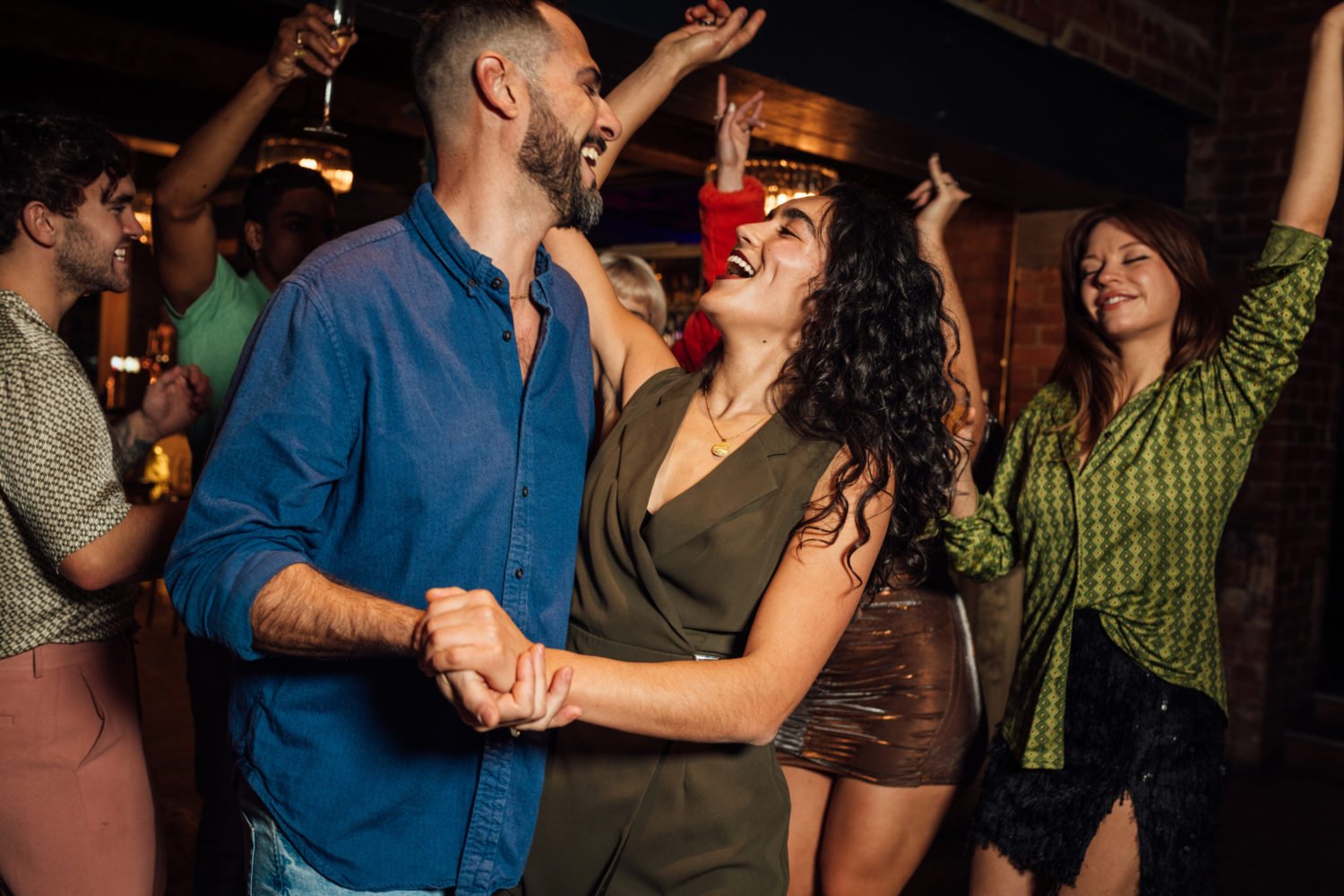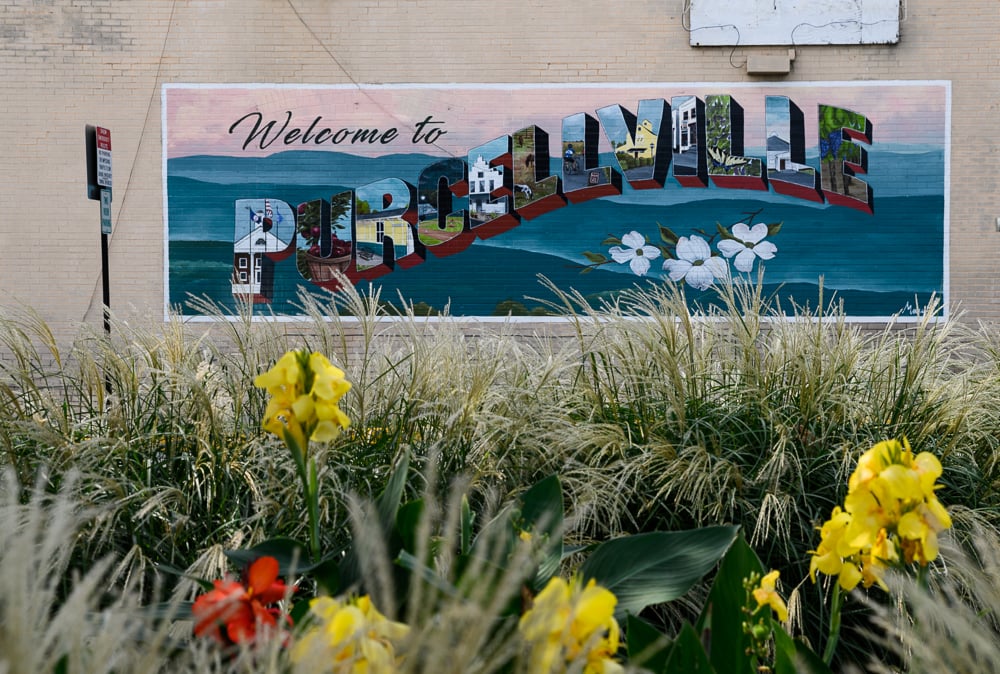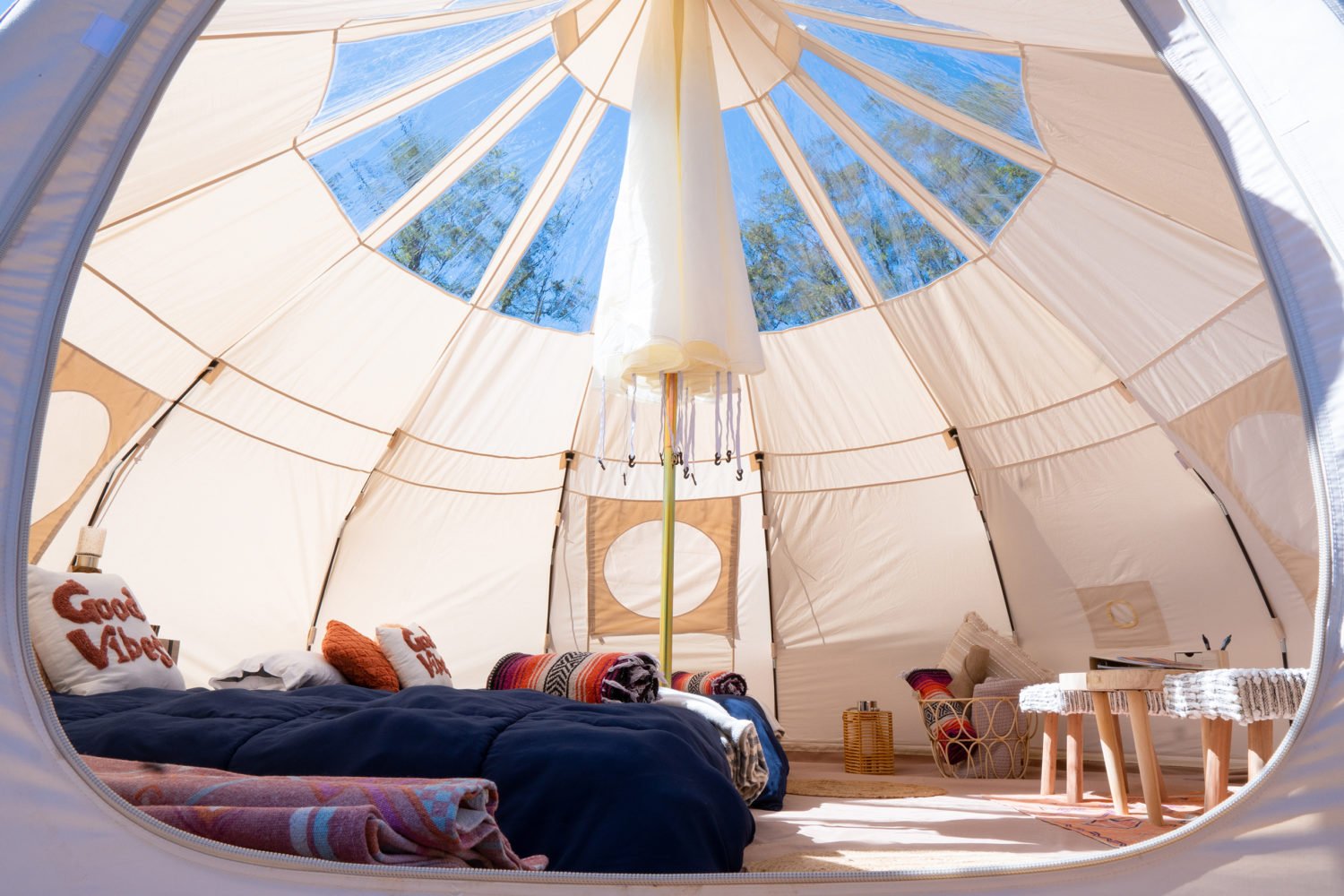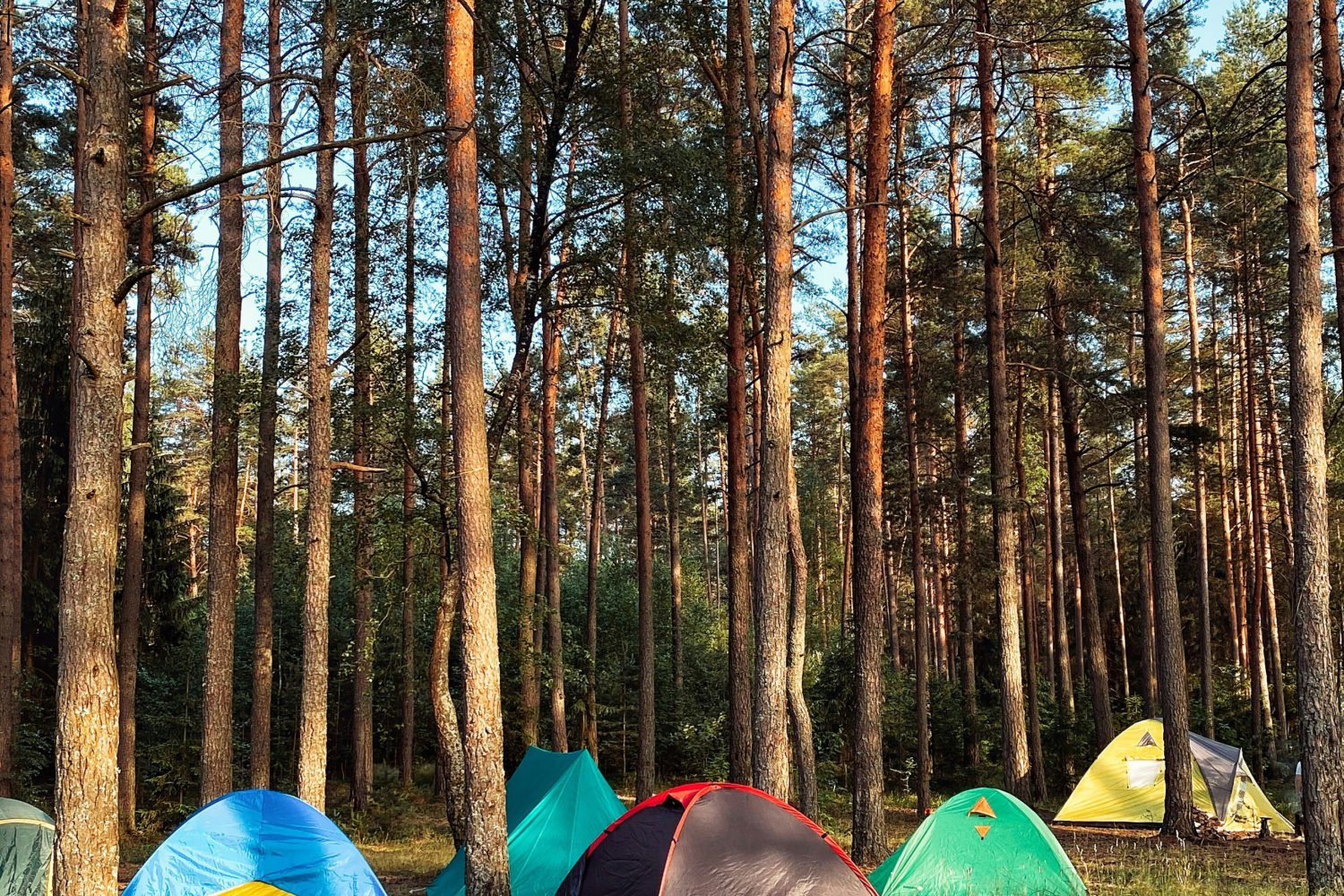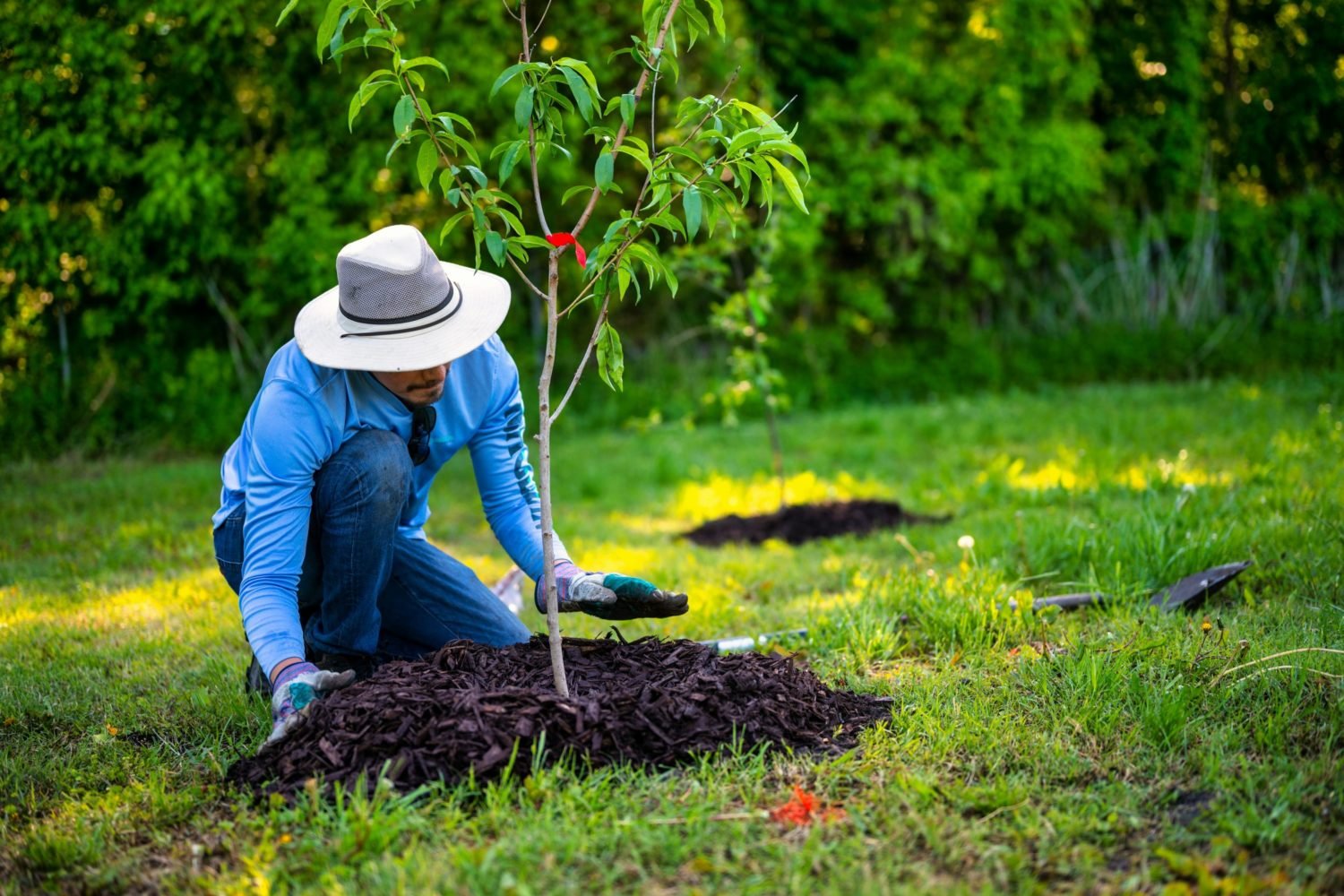Photograph courtesy of the artist’s Web site
During an era when the Beatles, Motown, and rock-and-roll dominated the charts, jazz legend Ramsey Lewis earned widespread notoriety by releasing “The In Crowd,” “Hang On Sloopy,” and “Wade in the Water,” singles that each sold more than a million copies—a most unlikely scenario in the 1960s for an acoustic trio. The recordings established the funky, soulful jazz sound that would become a Lewis trademark.
But Lewis wouldn’t stay acoustic for long. Joining the fertile fusion movement of the 1970s, he plugged in and stayed with electric instruments for much of the decade. His artistic high-water mark from this period was 1974’s Sun Goddess. The album is the focus of his current tour, which stops at Strathmore on Friday.
“I’d toured Japan earlier this year, and people suggested I put together an electric band,” says the 76-year-old National Endowment for the Arts Jazz Master. “ Sun Goddess just kept coming up.”
The album didn’t follow the rock-driven influence of many fusion recordings from that era. Instead, Lewis built on his bluesy, Chicago roots and went for a more R&B-inspired sound. Mimicking the previous decade’s success, Sun Goddess was a crossover hit, breaking into the top 20 on the Billboard Pop Album chart while reaching number one on the Black and Jazz Album charts. But part of the credit goes to the secret weapon Lewis had on his side.
“Let’s not forget the 900-pound gorilla standing in the corner called Earth, Wind & Fire,” he says. “In the ’70s, they were one of the biggest acts around—pop, rock, whatever.”
The connection between Lewis and Earth, Wind & Fire is the group’s founder, Maurice White, who played drums with Lewis’s trio in the late ’60s. In addition to White, several members of Earth, Wind & Fire collaborated with Lewis on Sun Goddess, giving the record its signature sound. White also co-wrote the title track and “Hot Dawgit,” which both charted as singles.
For this tour, Lewis assembled a band whose members are young enough to be his children, and in some cases, his grandchildren. The ensemble includes guitarist Henry Johnson, bassist Joshua Ramos, drummer Charles Heath, and keyboardist Tim Gant. Lewis draws energy and ideas from his colleagues, who aren’t afraid to bring contemporary influences into the classic material. The tour has been so successful that Lewis took the band into the studio to record Taking Another Look, released in September. He is also quick to note that one of the reasons the band gelled so quickly is that his talented players know the history of jazz.
“They studied the masters whose shoulders we all stand on, but at the same time, they’re coming from their experience,” Lewis says of his group. “Now I know why Miles Davis kept getting young guys to play with him. They bring a curiosity, they bring energy, they bring a commitment to the music.”
In recent years, Lewis has also become much more active as a composer, having written a ballet in 2007, an extended piece for jazz trio and orchestra, and “Proclamation of Hope,” a work celebrating the 200th anniversary of Abraham Lincoln’s birth. Given this output, Friday’s audience can expect new songs, as well as interpretations of the ’60s hits. If that’s not enough reason to anticipate a memorable show, consider that Lewis has seen DC as a home away from home since he first played here in the late ’50s (in fact, “The In Crowd” was recorded live at the historic Bohemian Caverns).
“We are going to play this show at Strathmore on Friday, and then my wife and I are going to spend a week in DC just because we love it so much,” says Lewis.
Ramsey Lewis’s Sun Goddess Tour will be at the Music Center at Strathmore on Friday, December 9, at 8 PM. Tickets ($28 to $68) are available at through Strathmore’s Web site.

